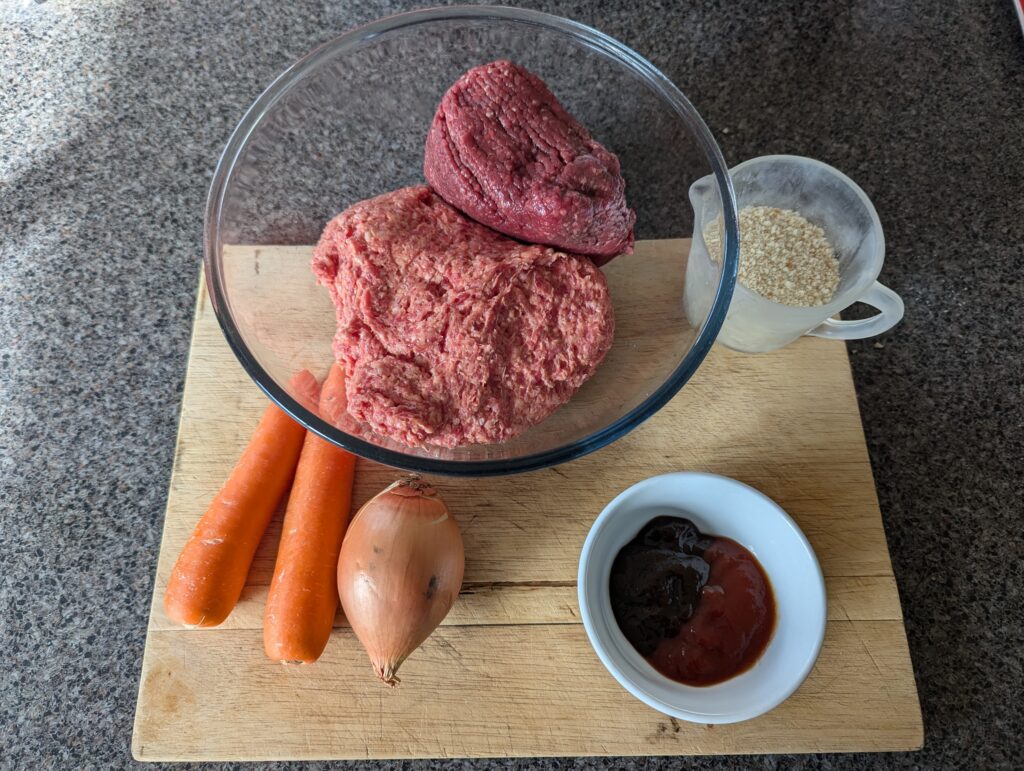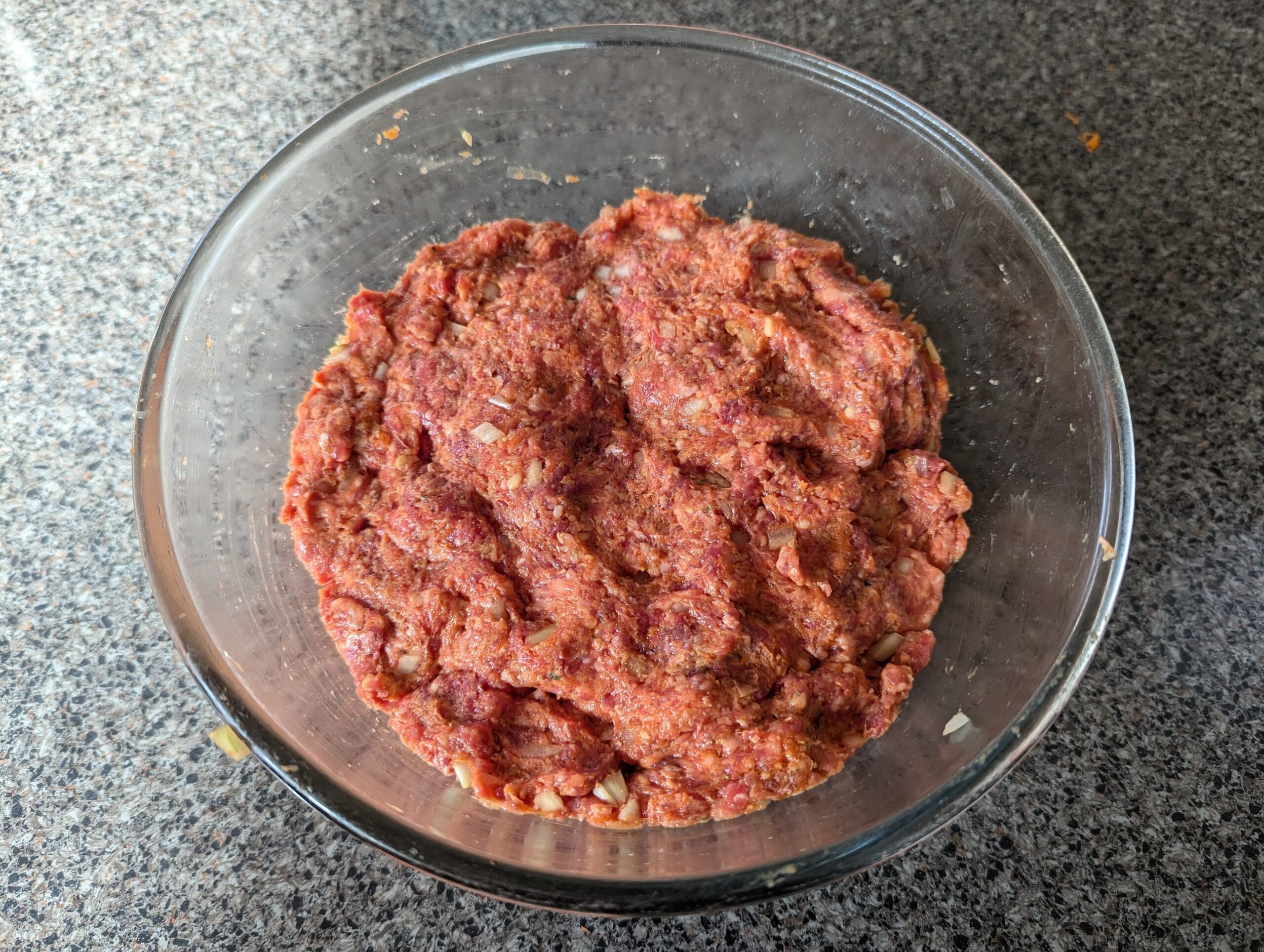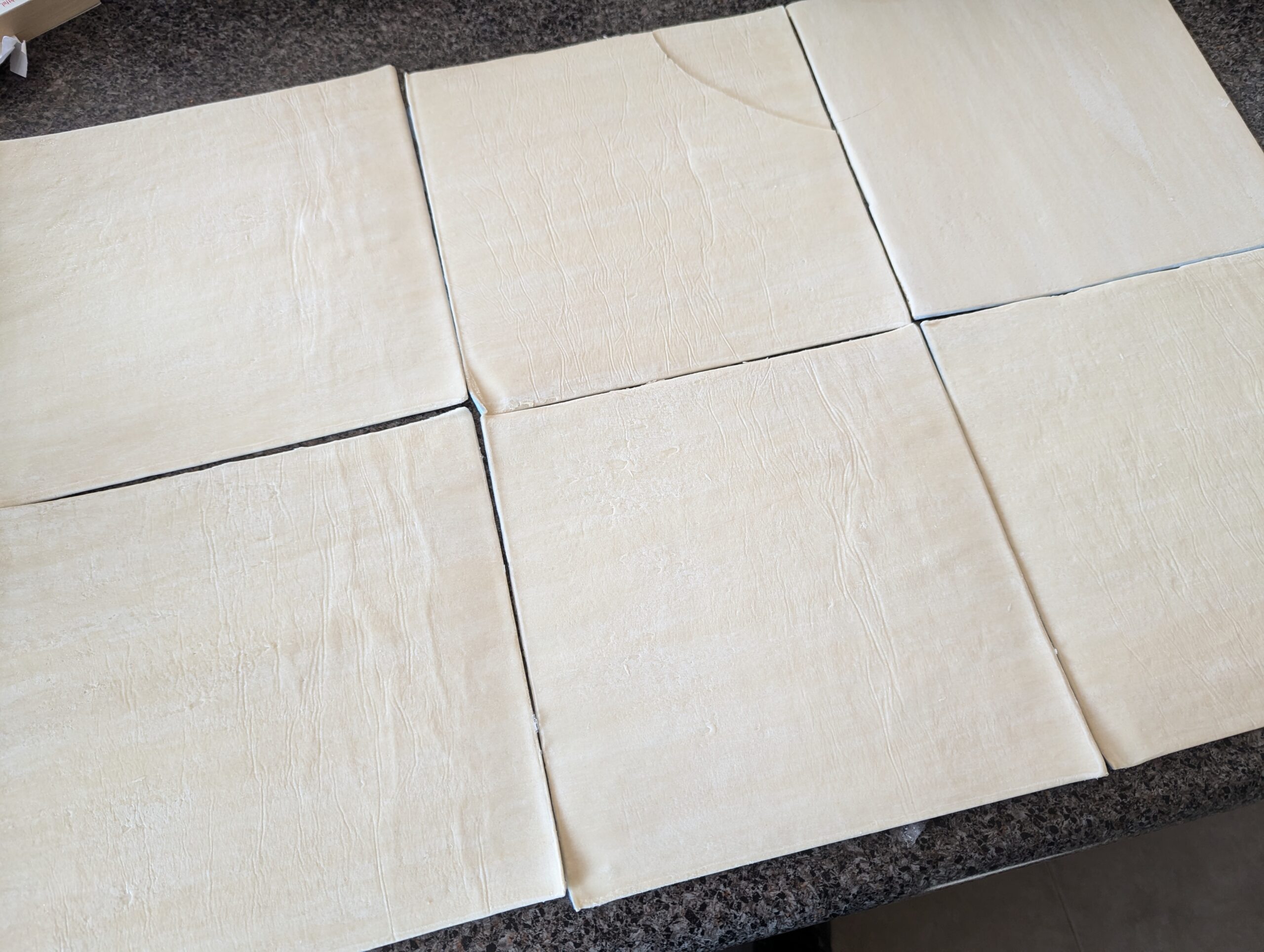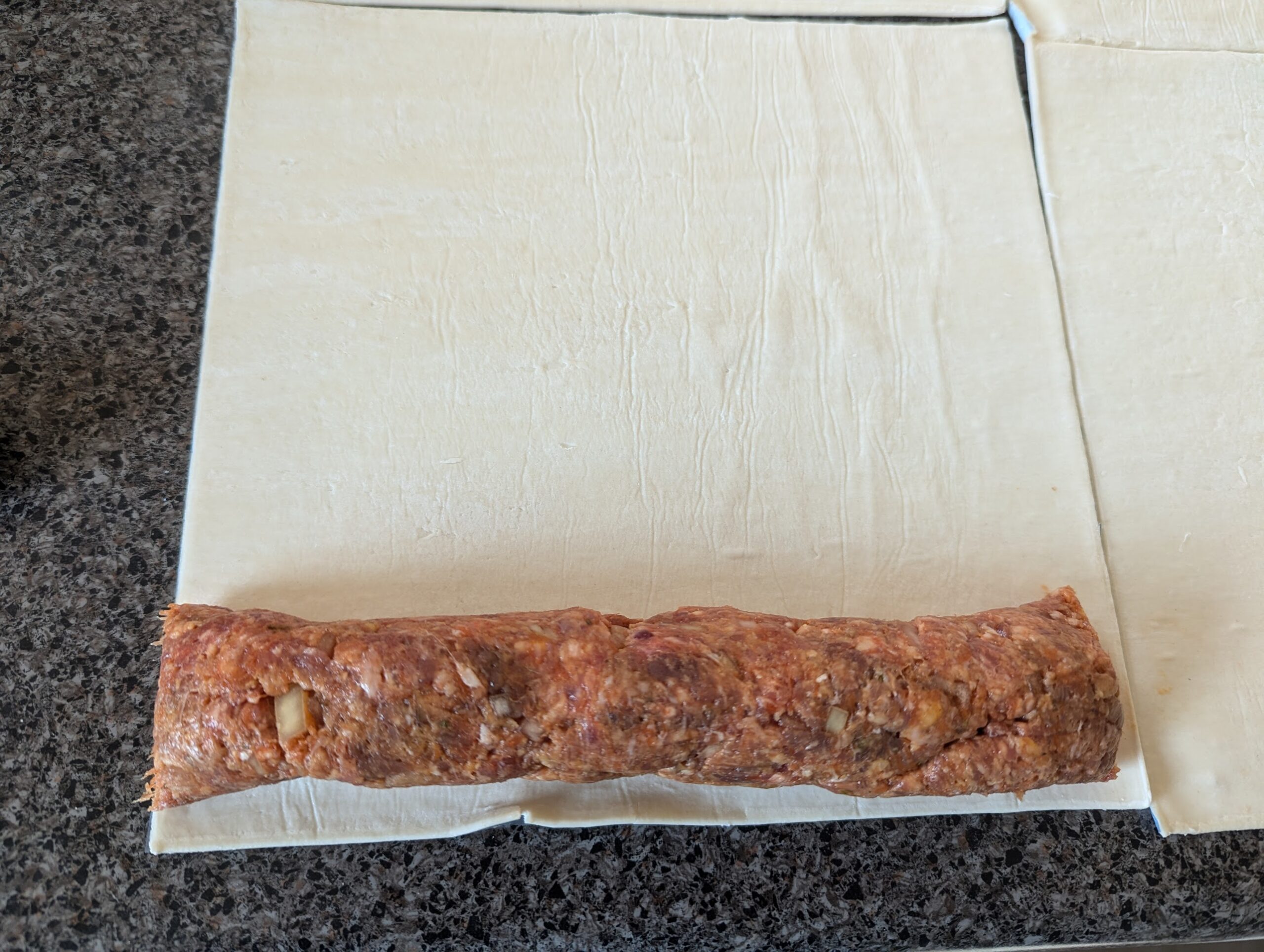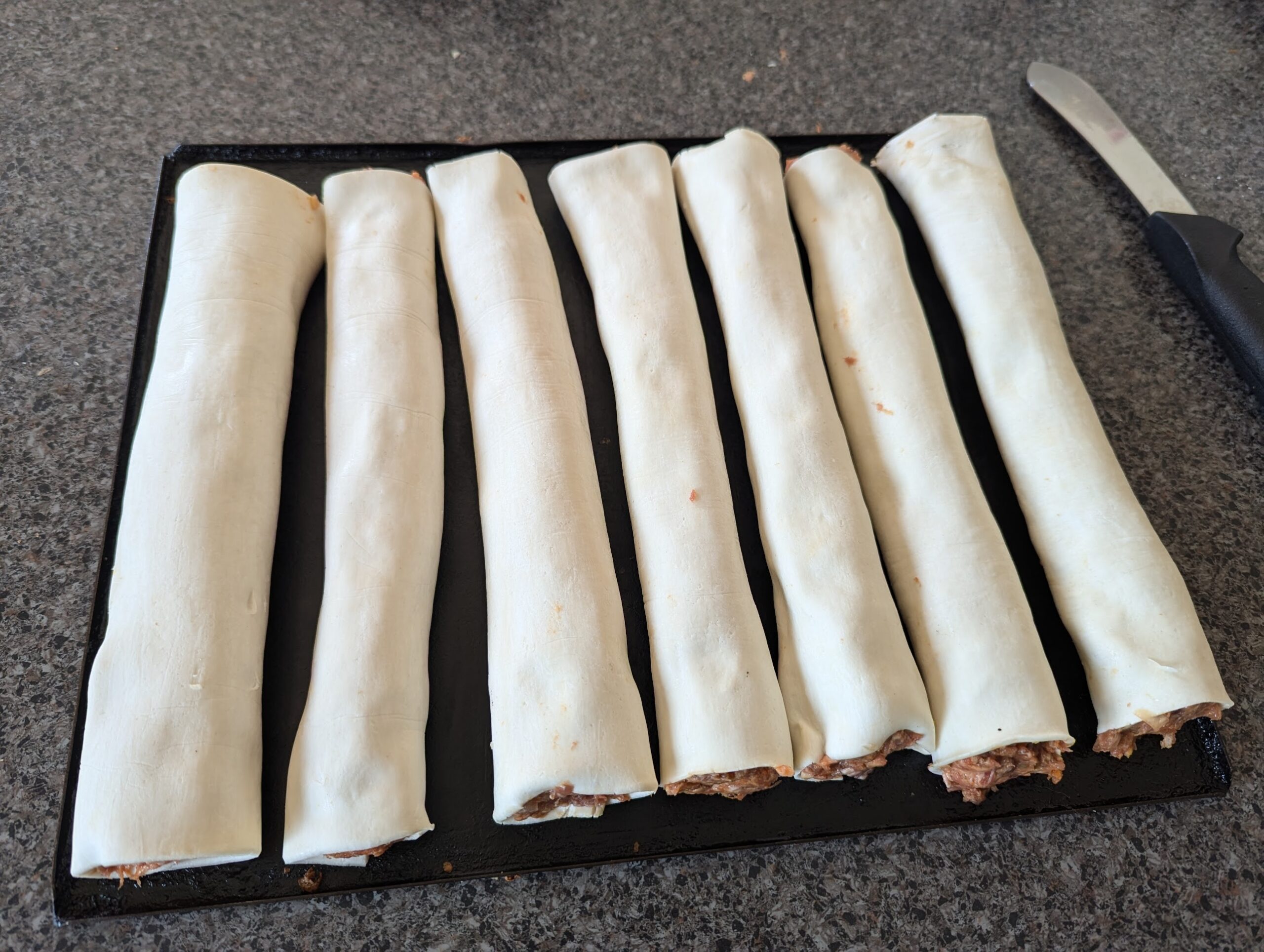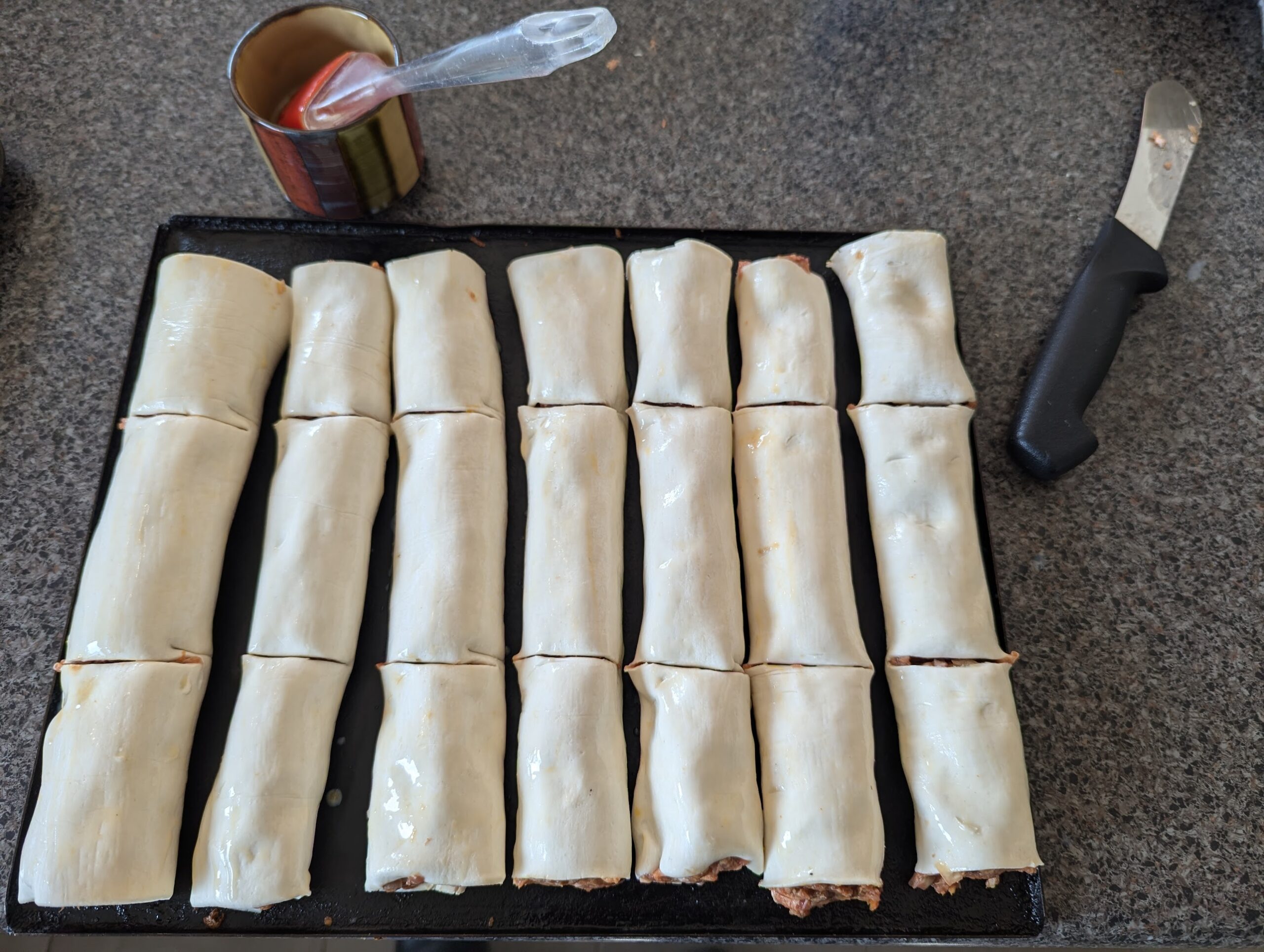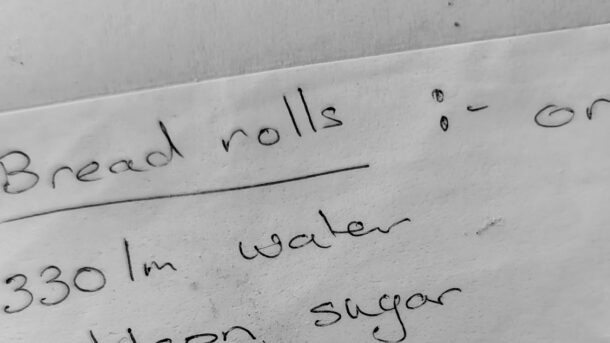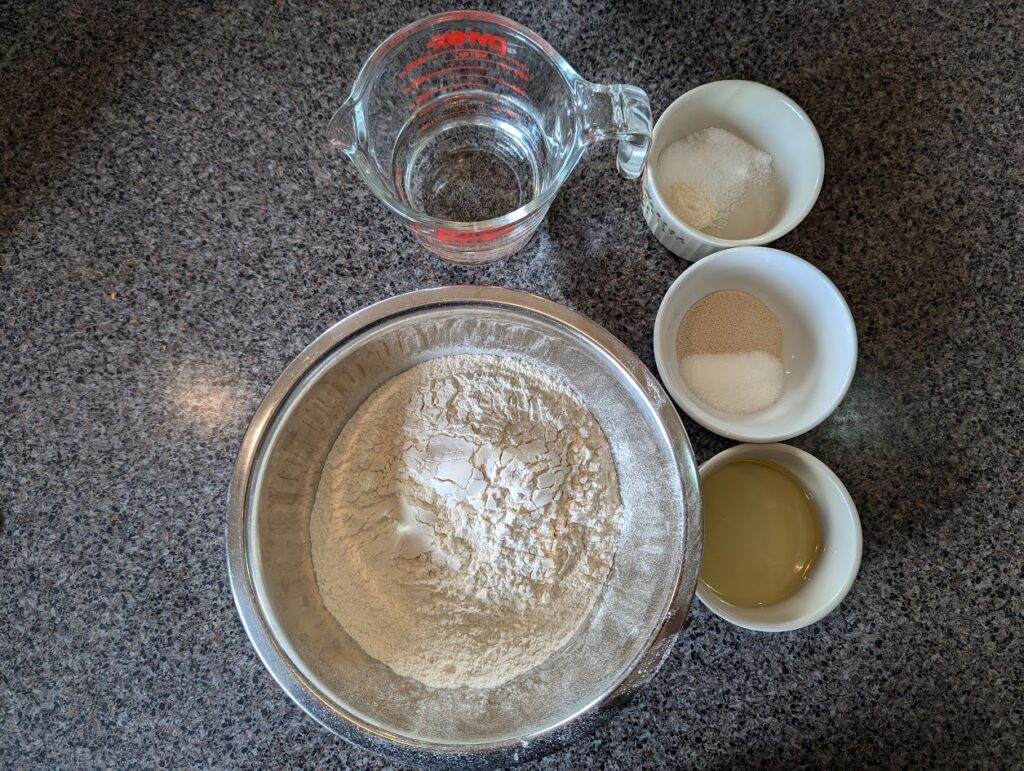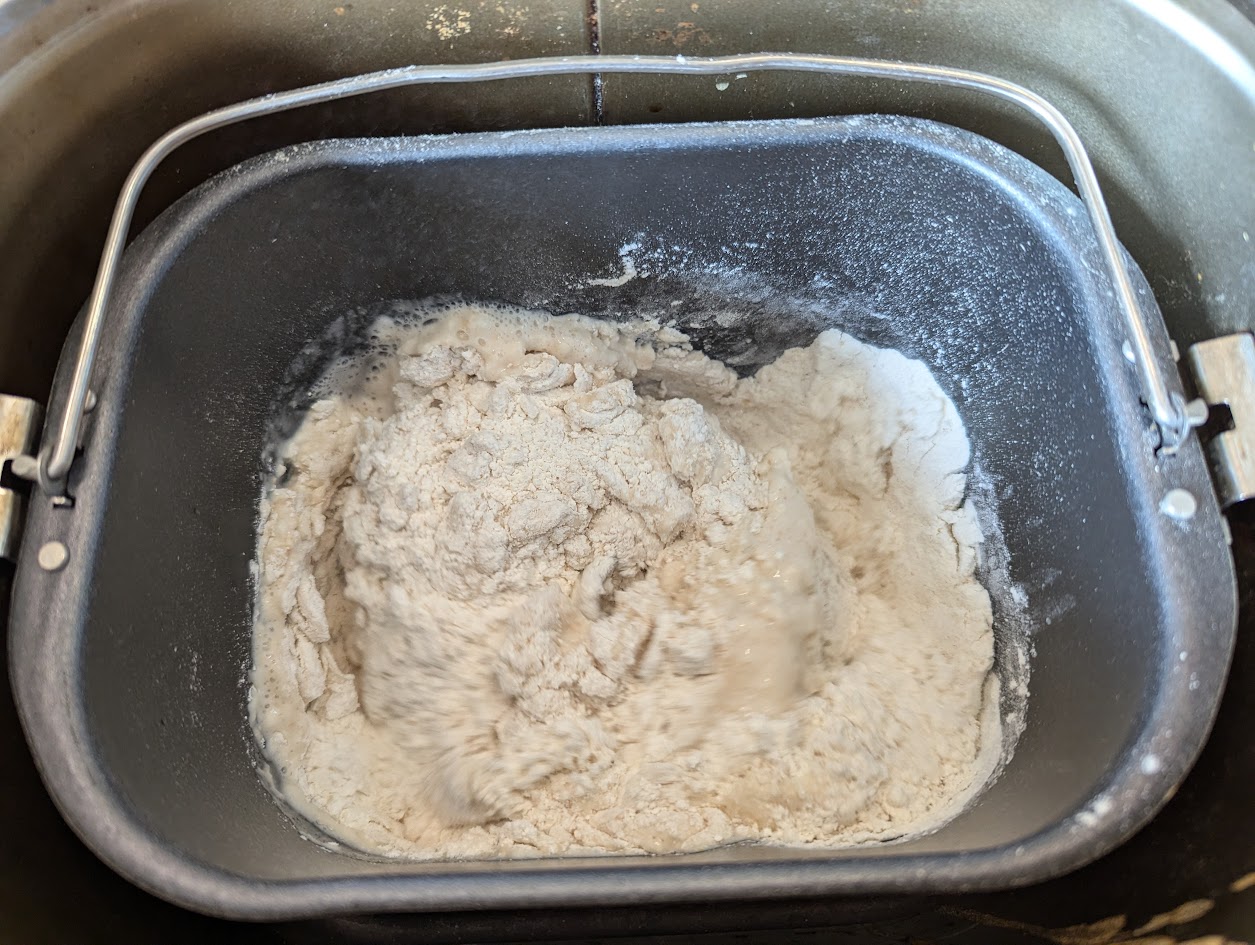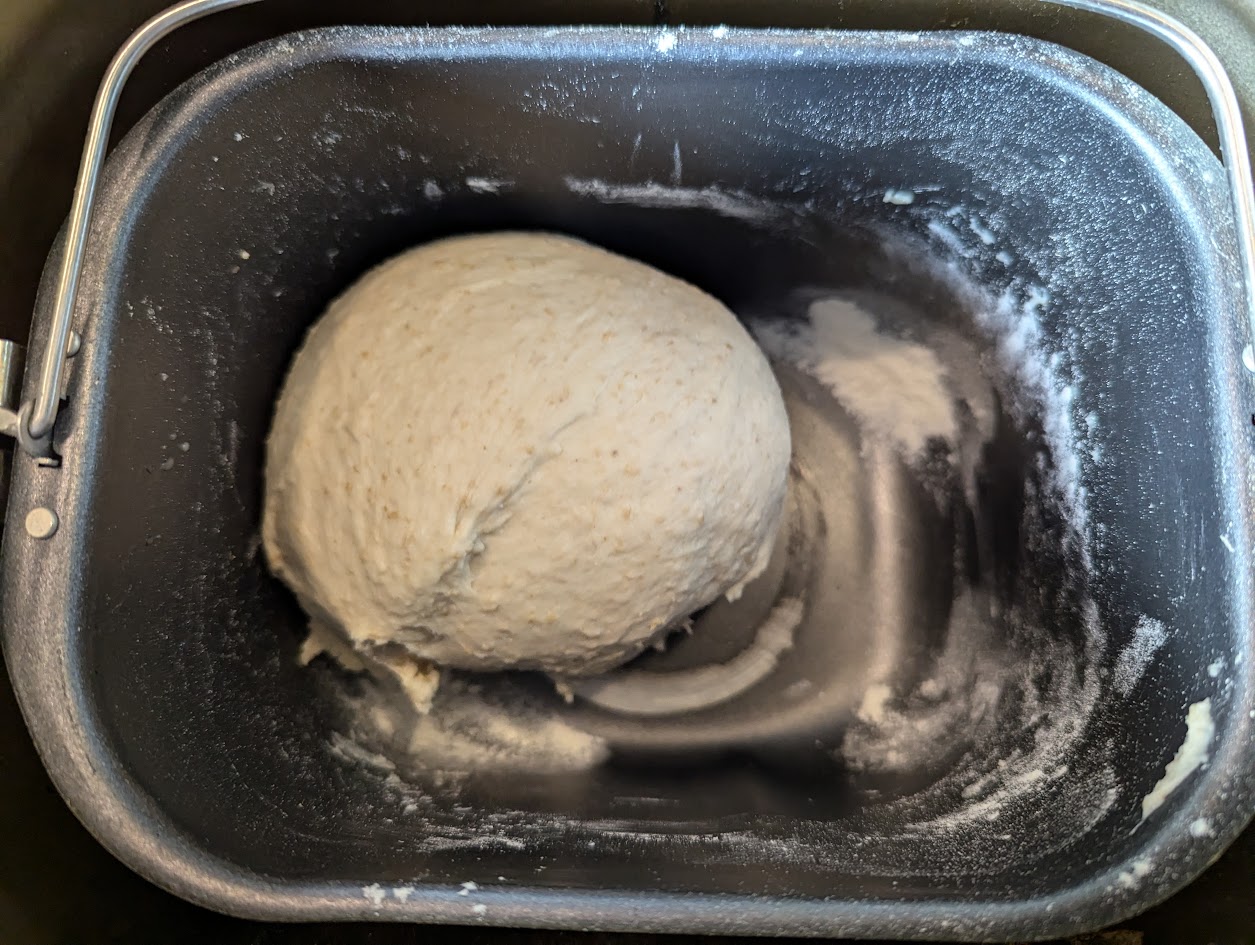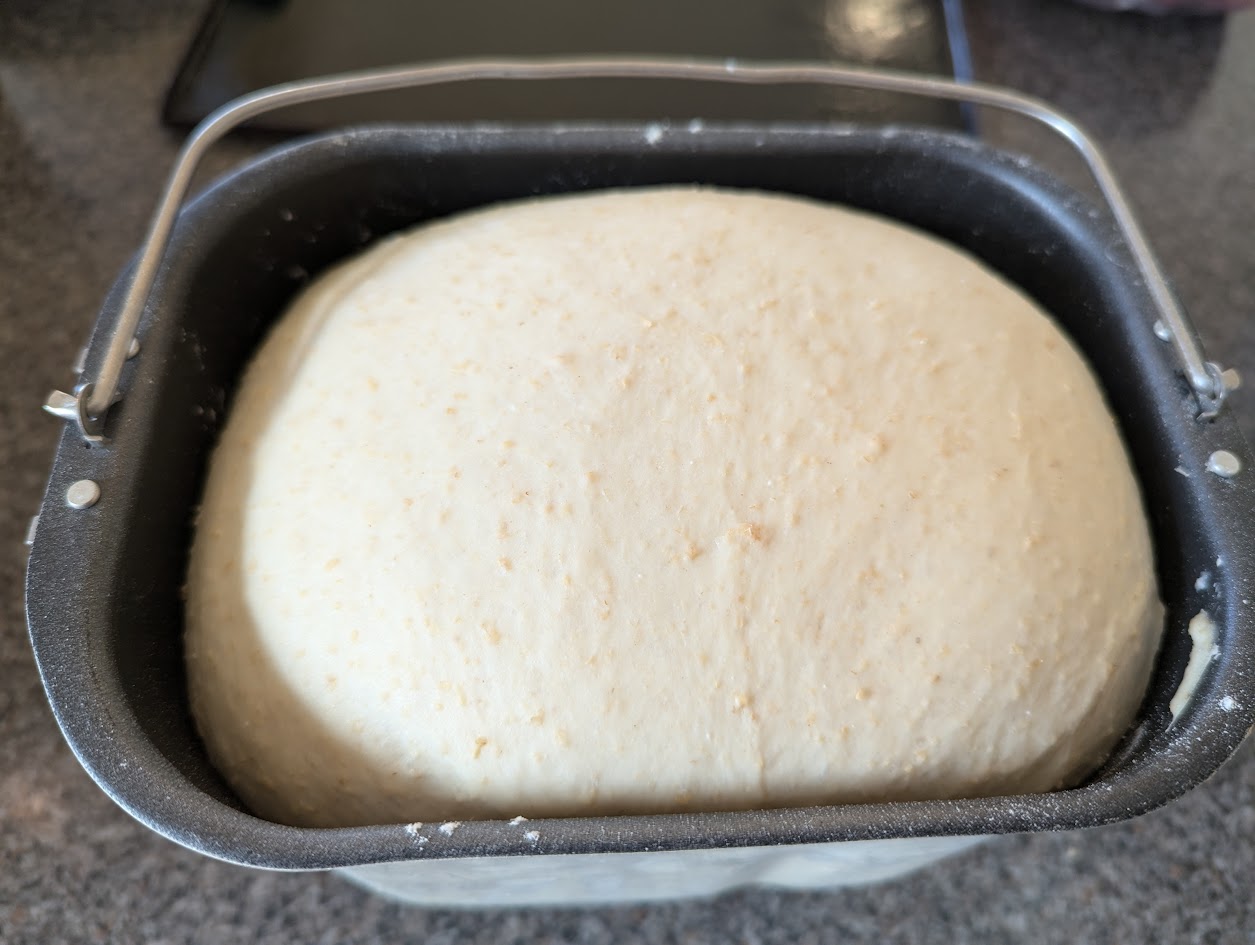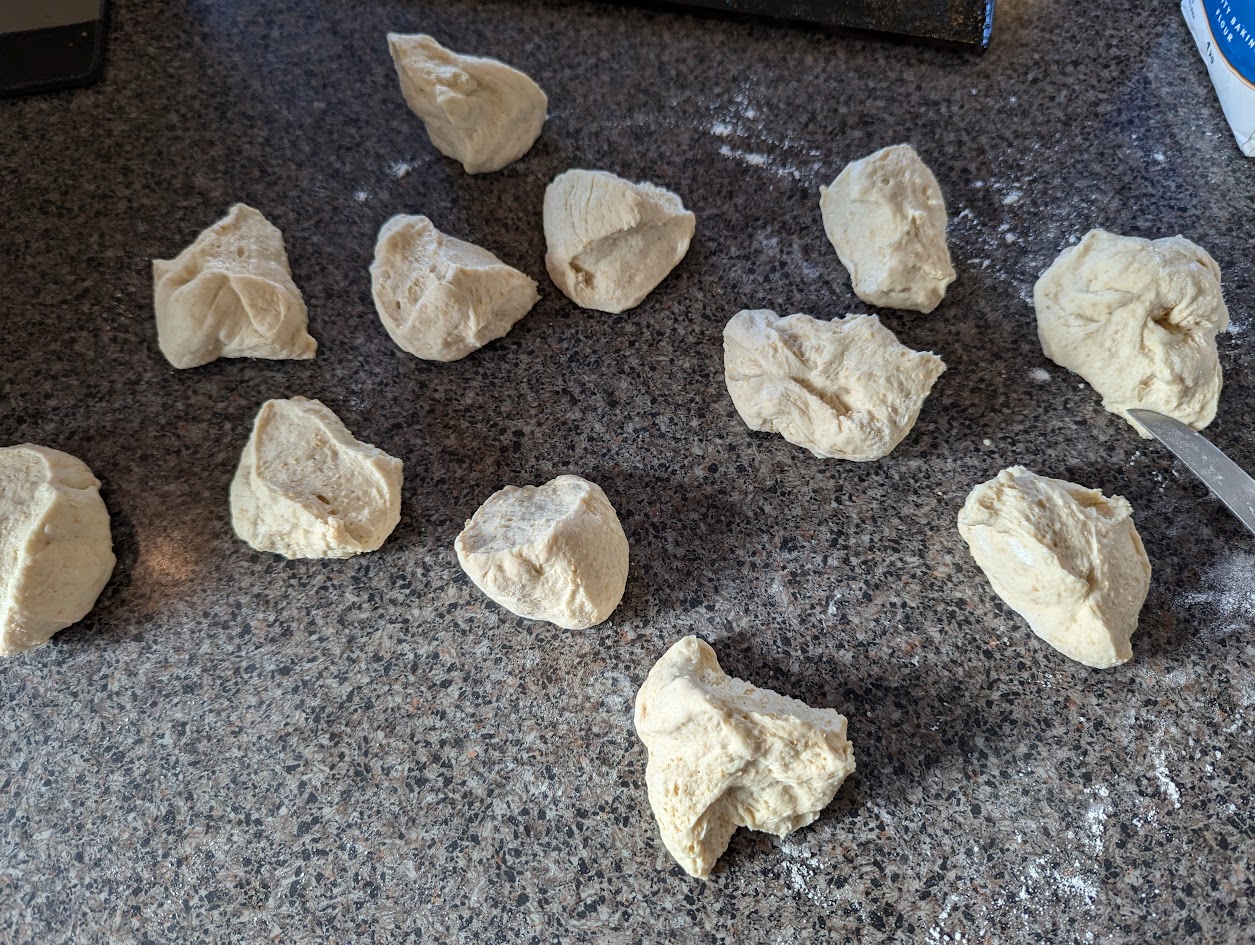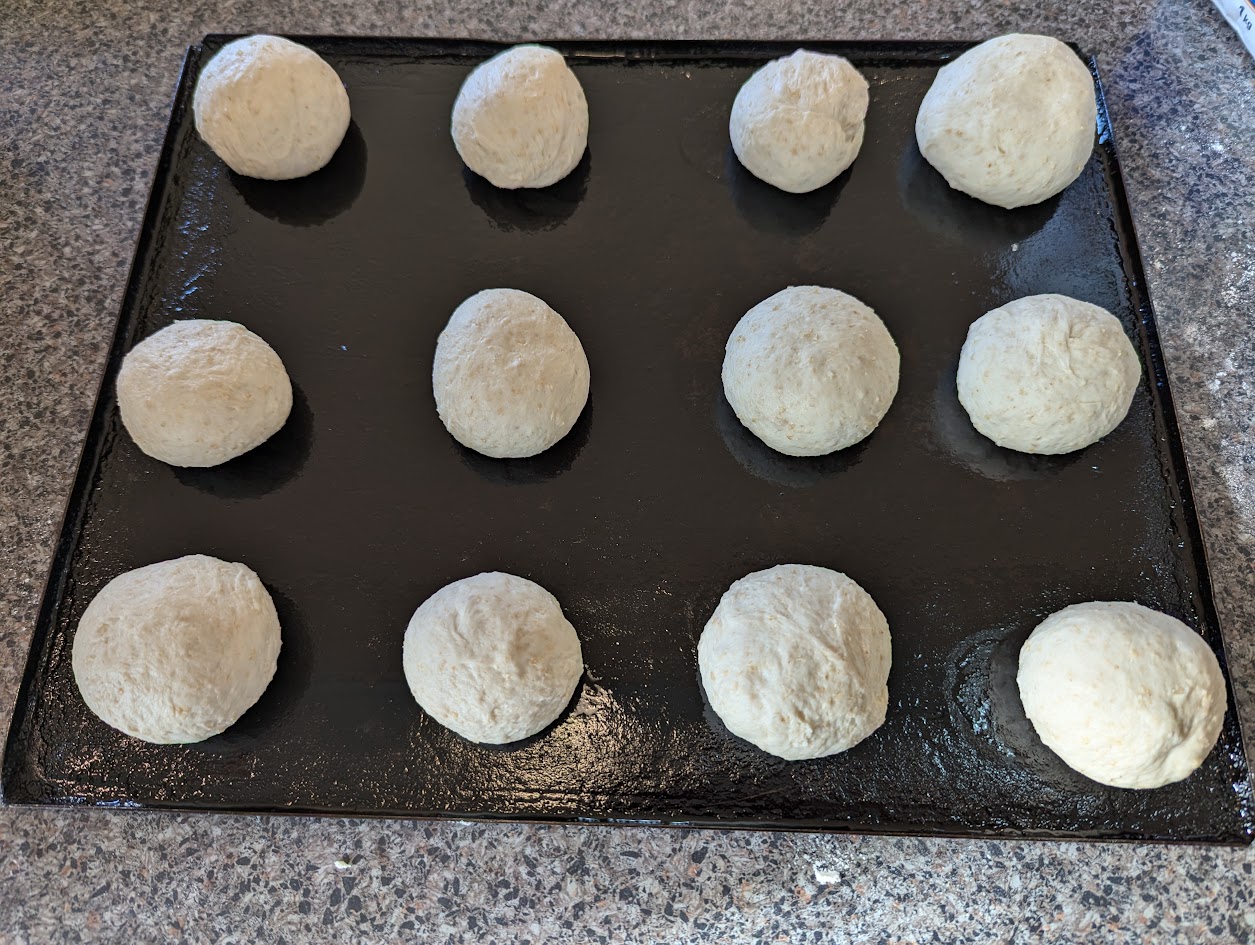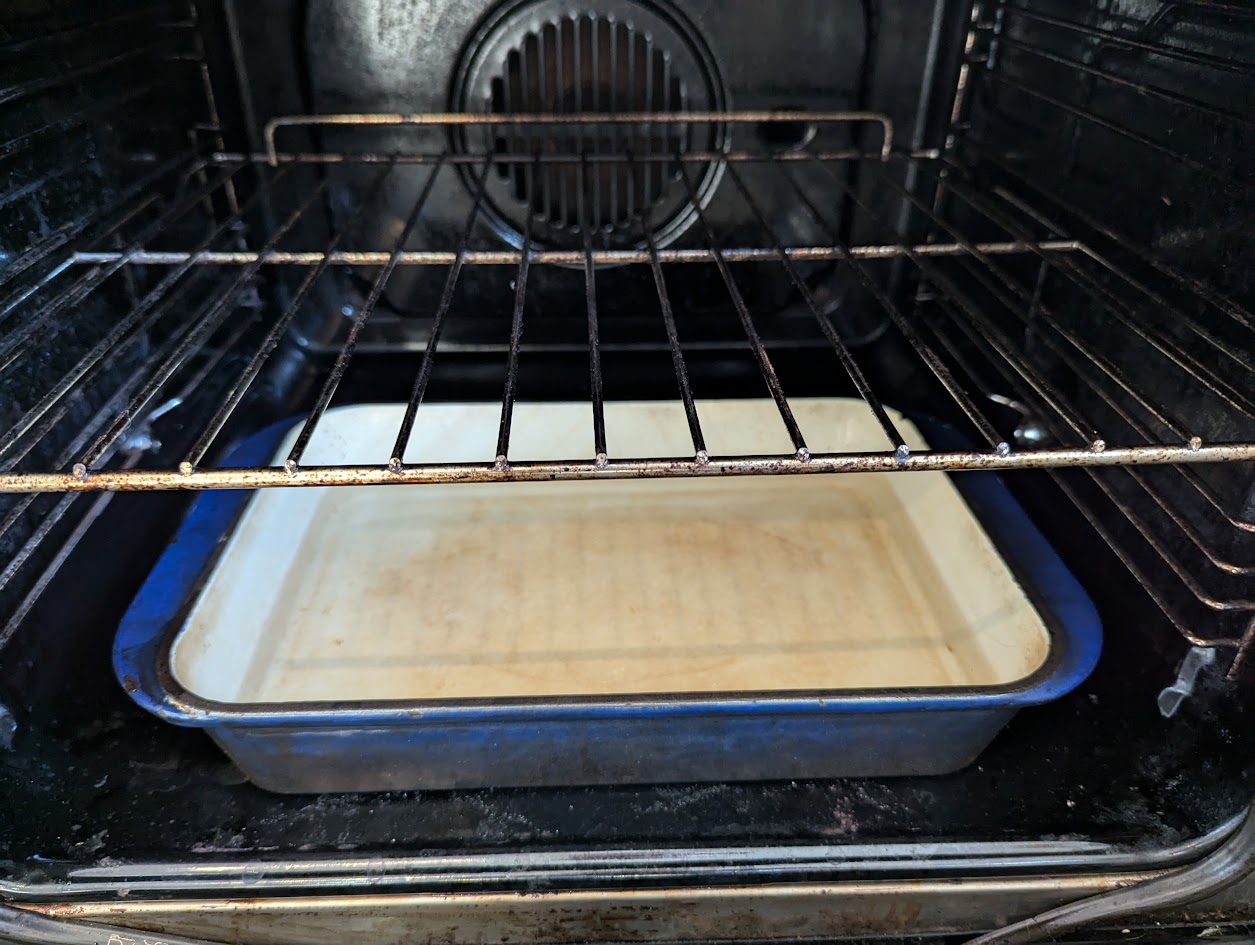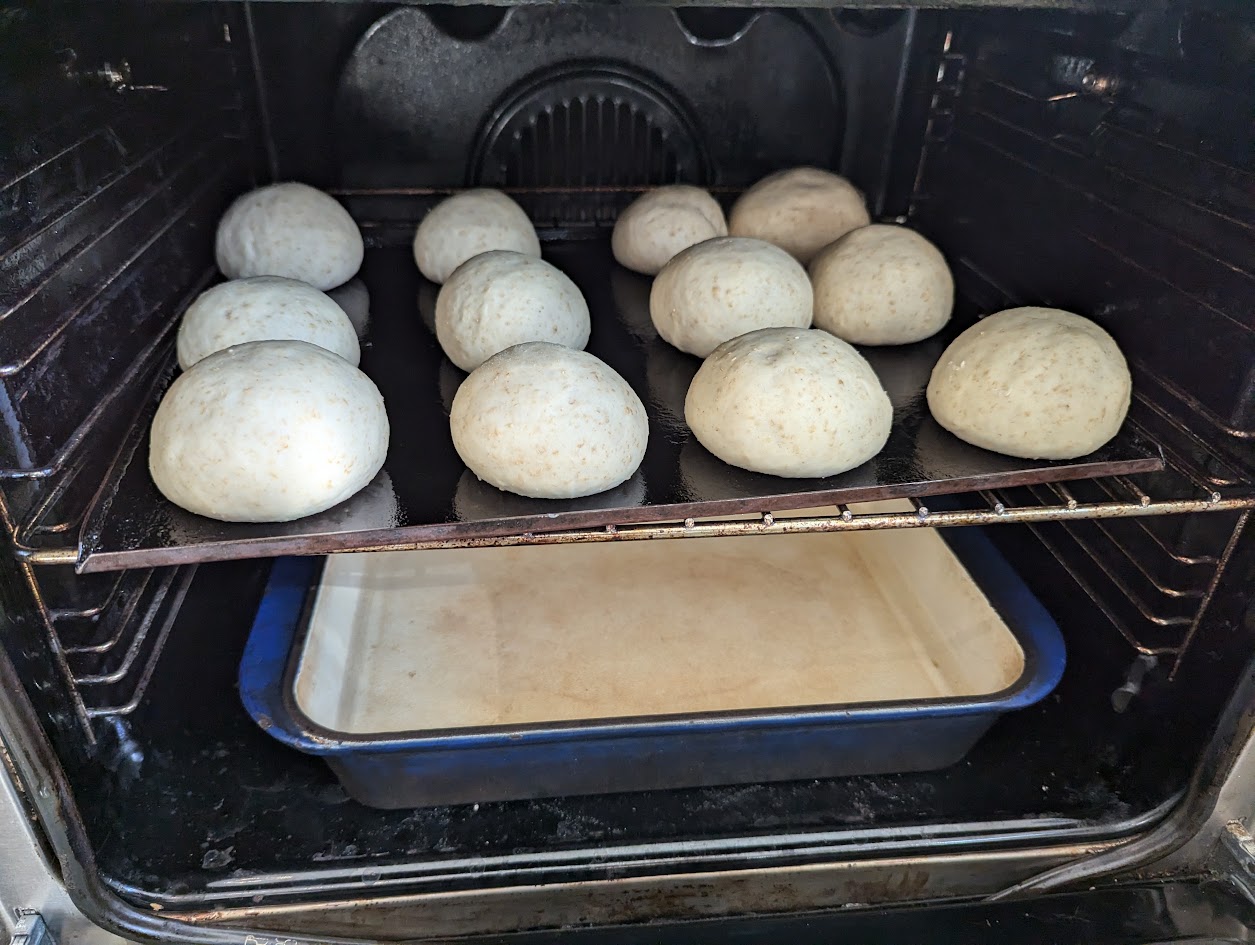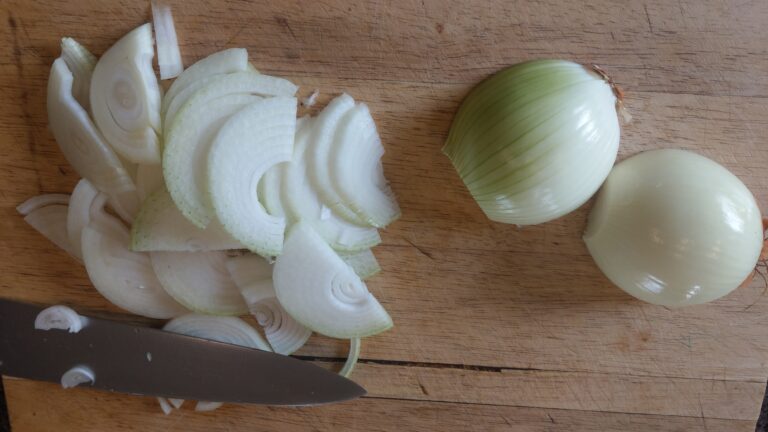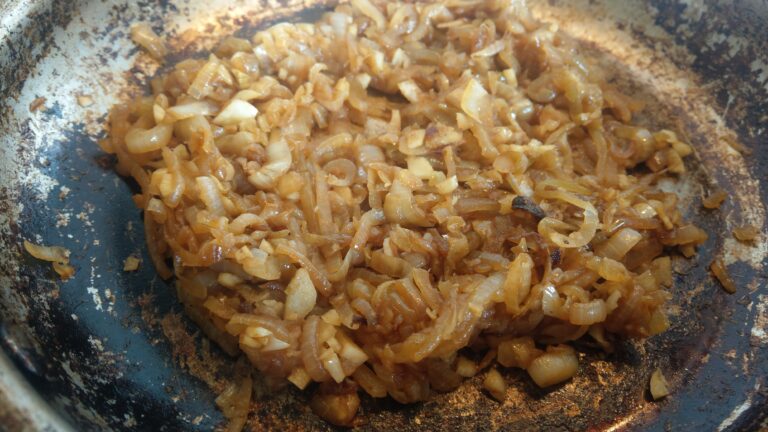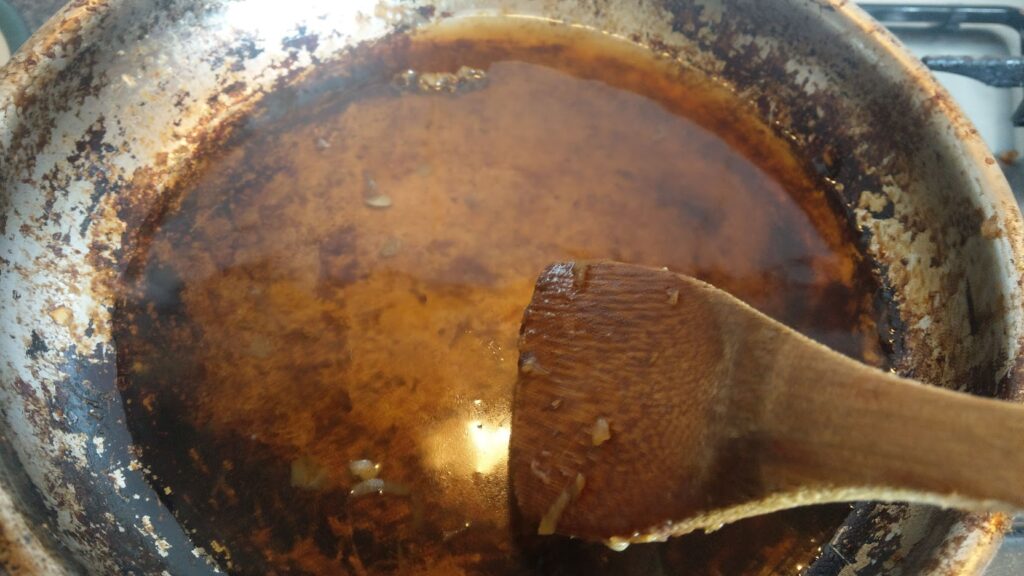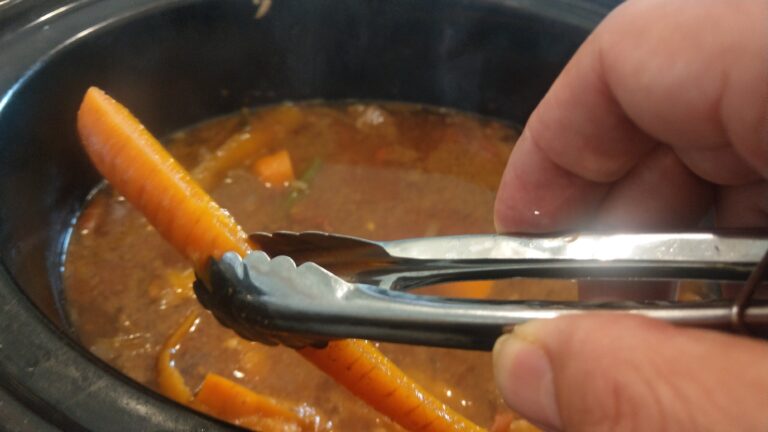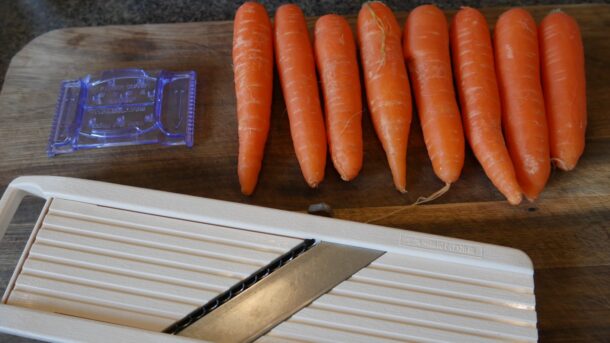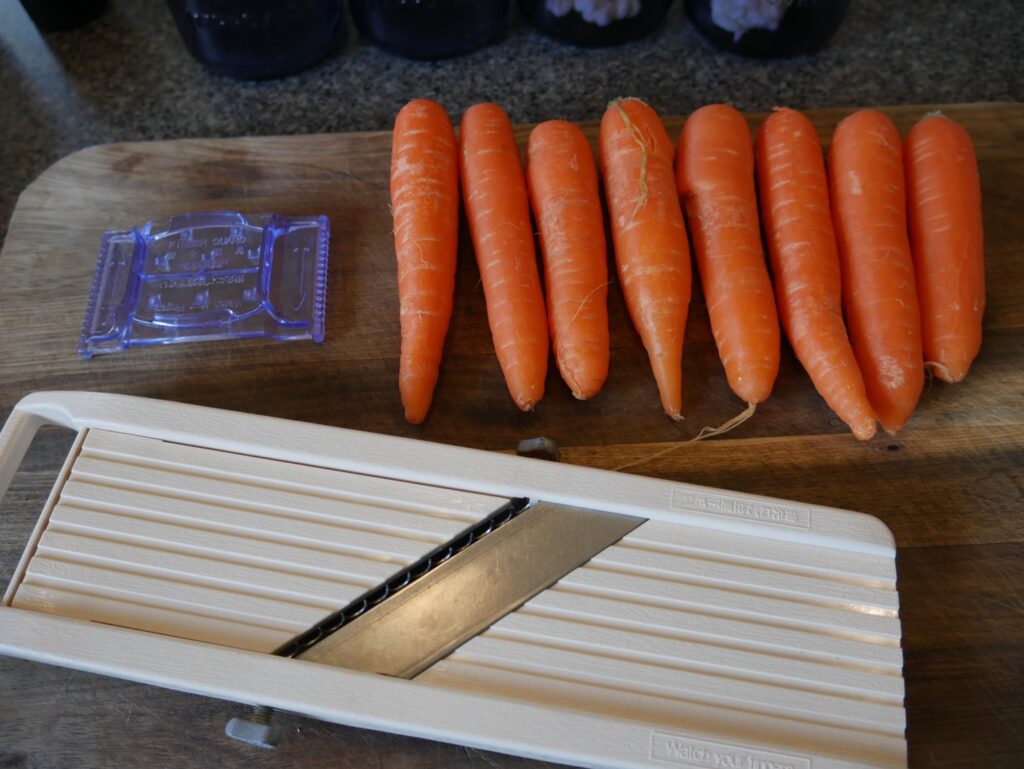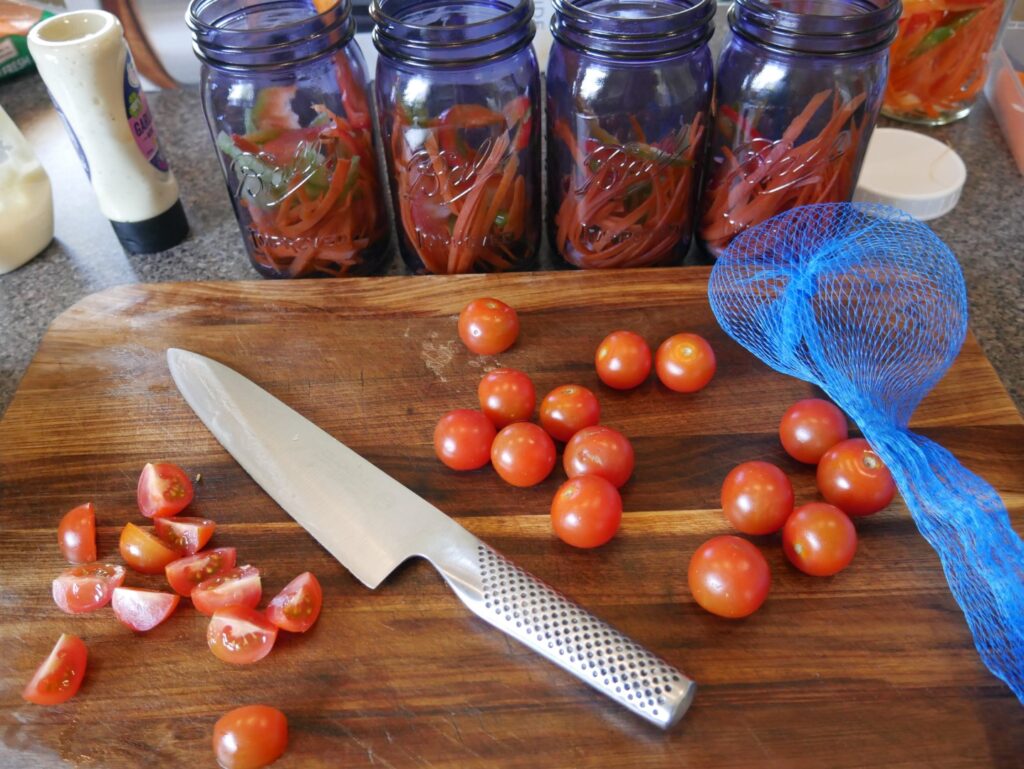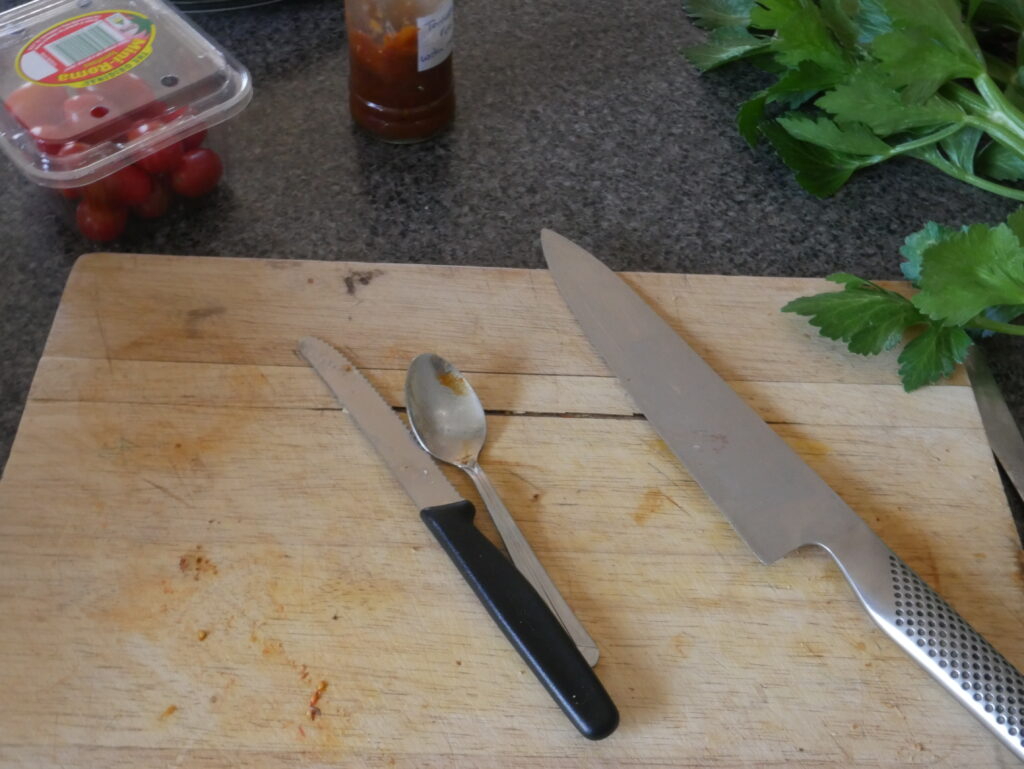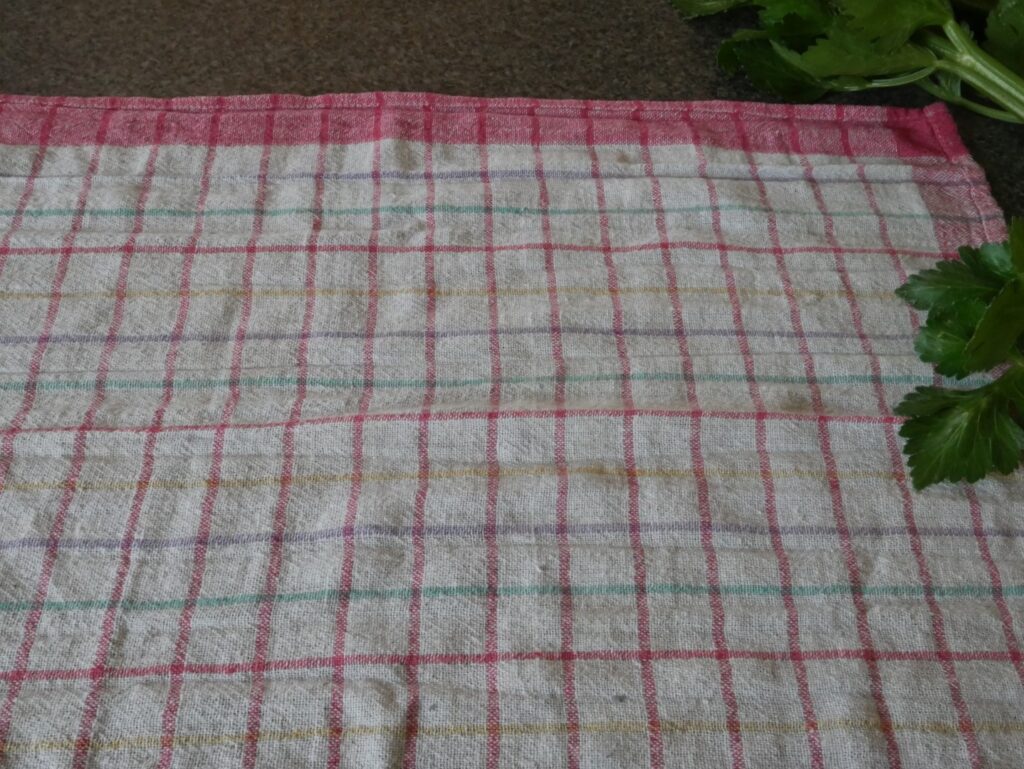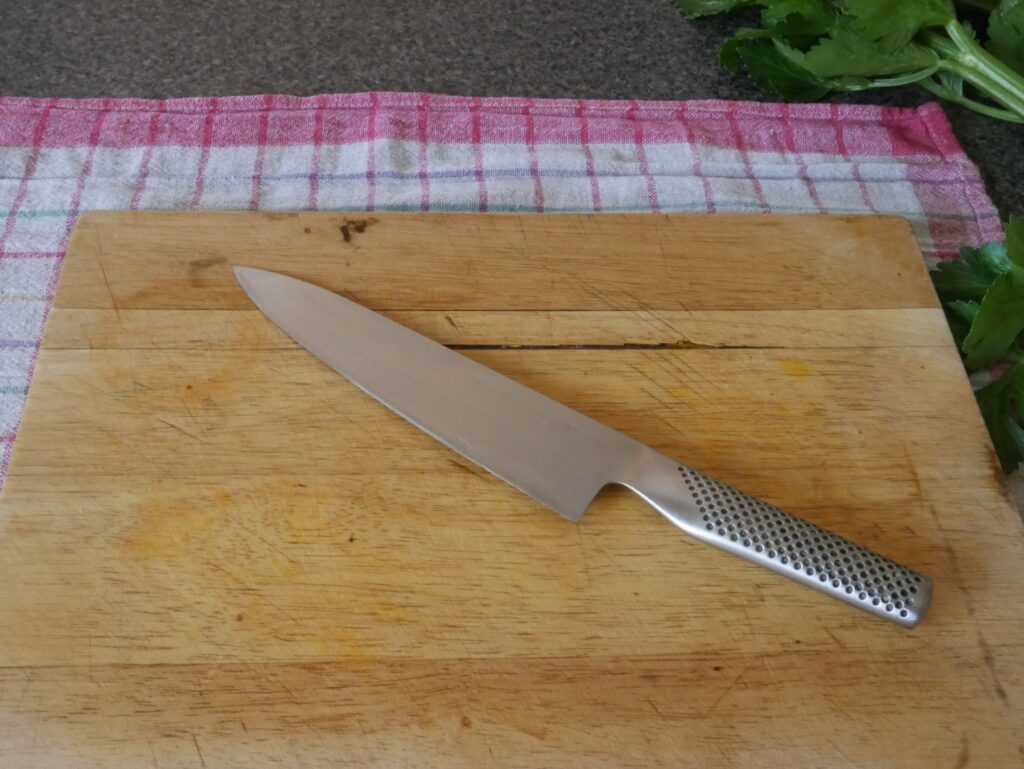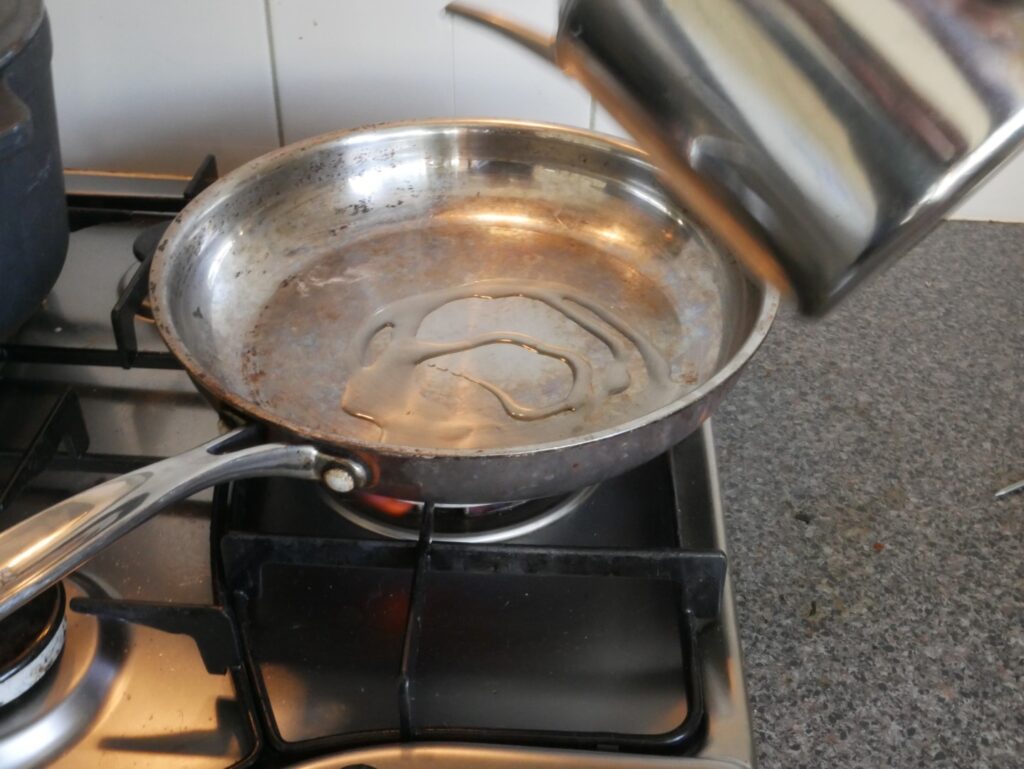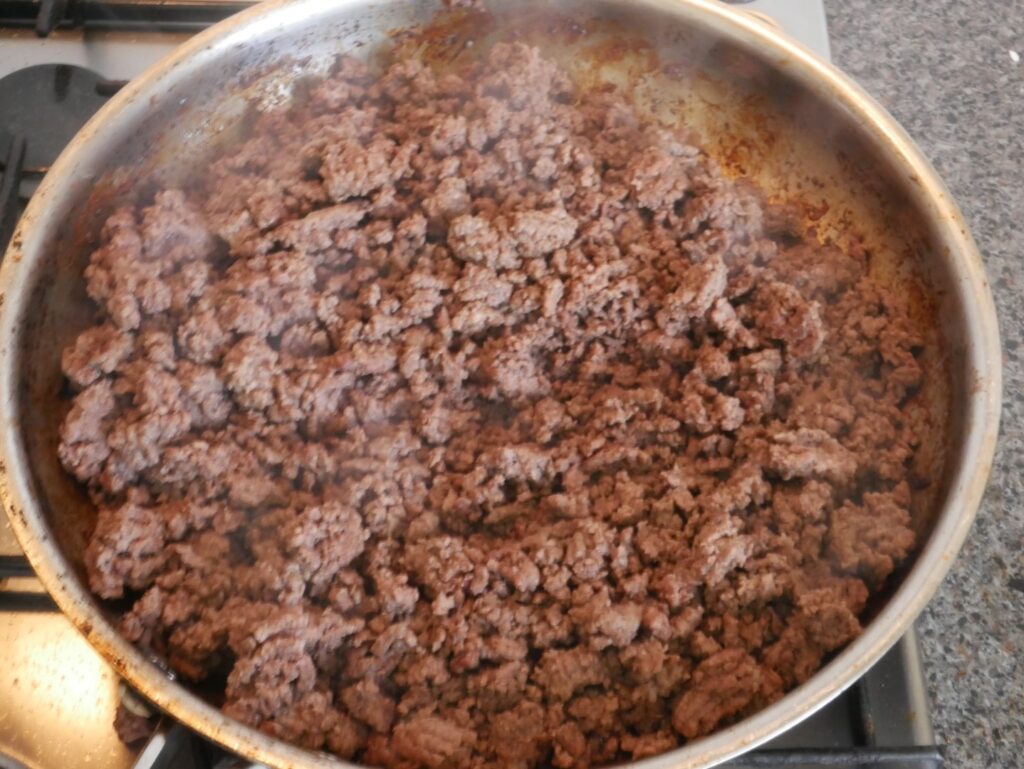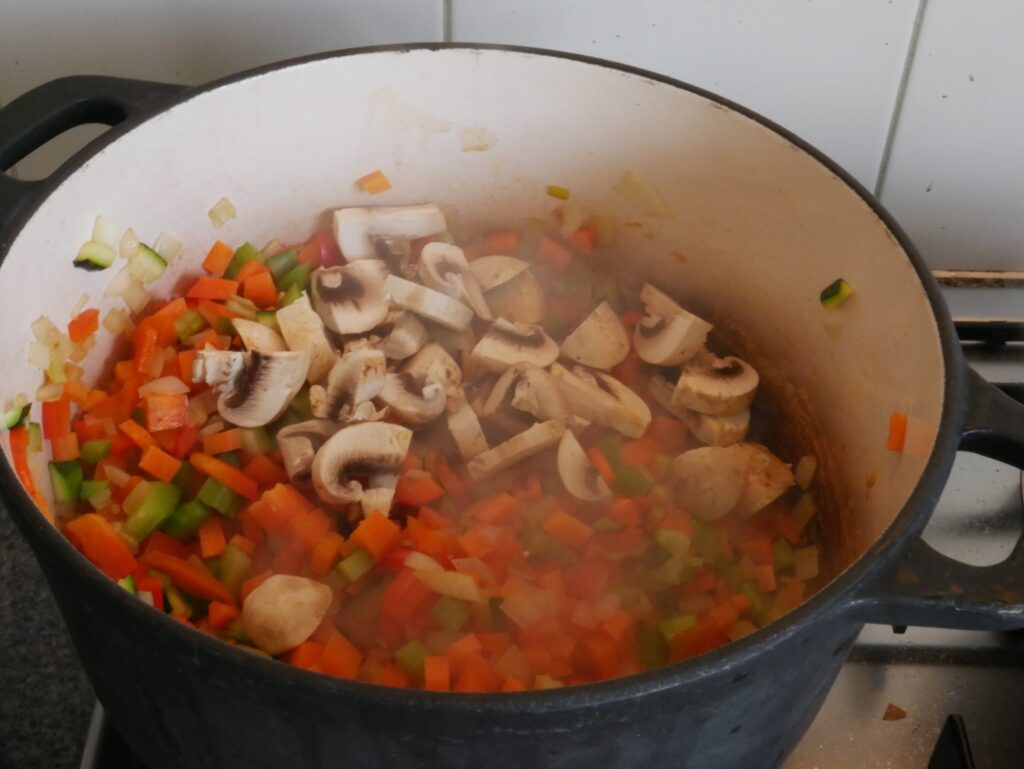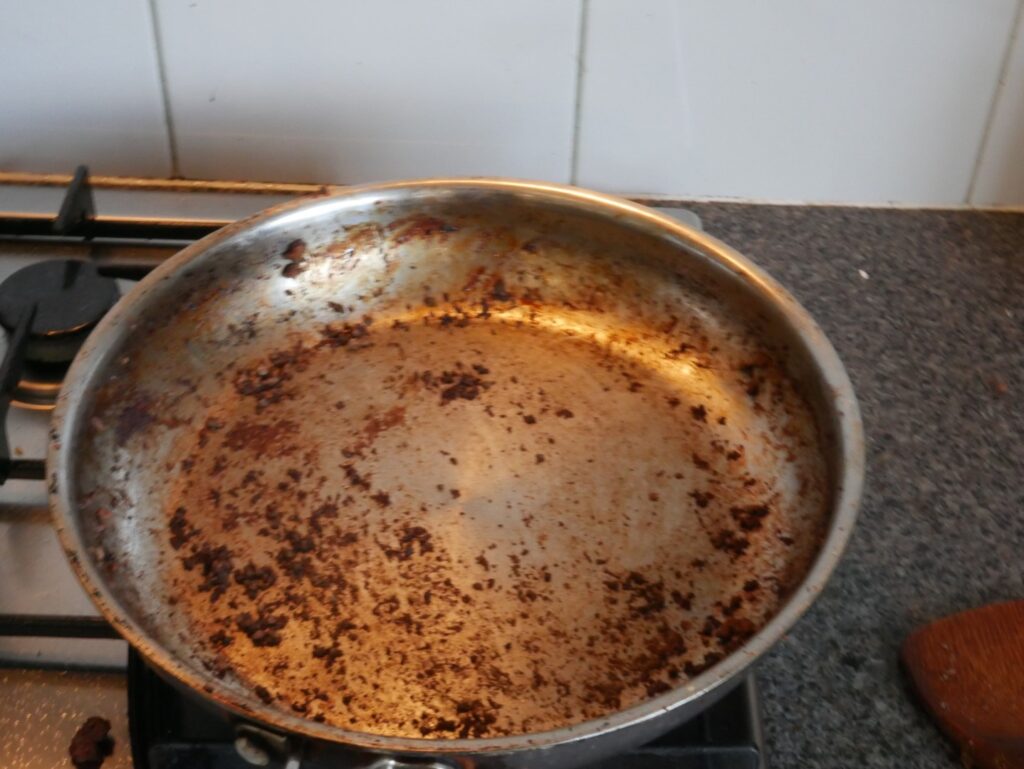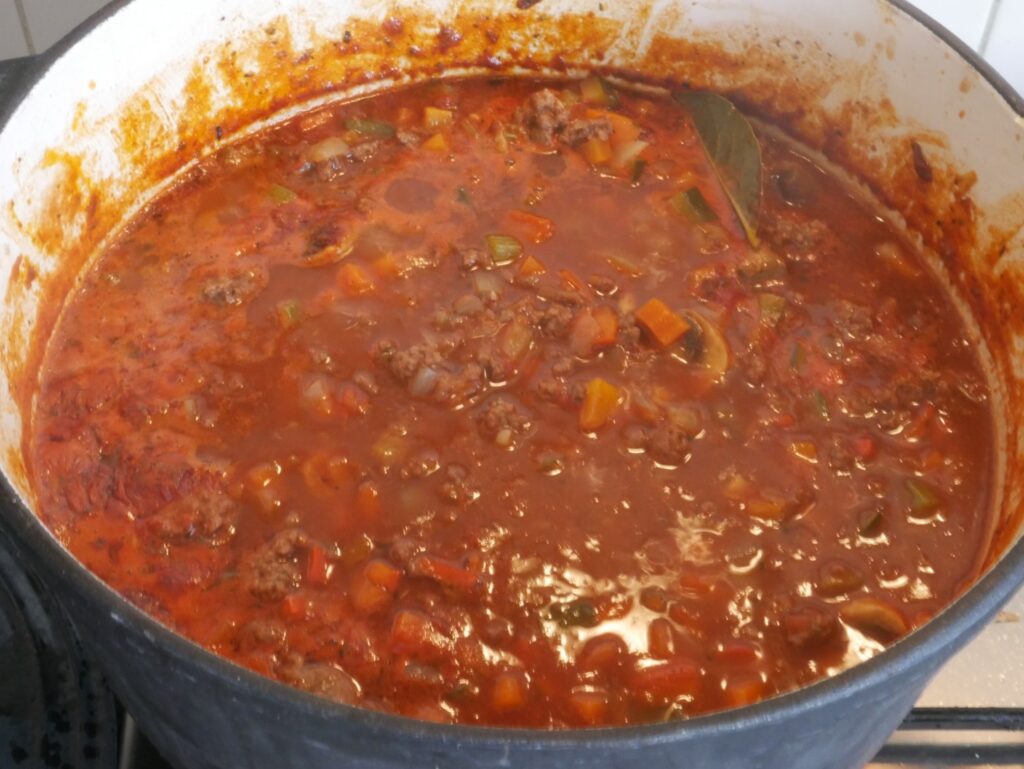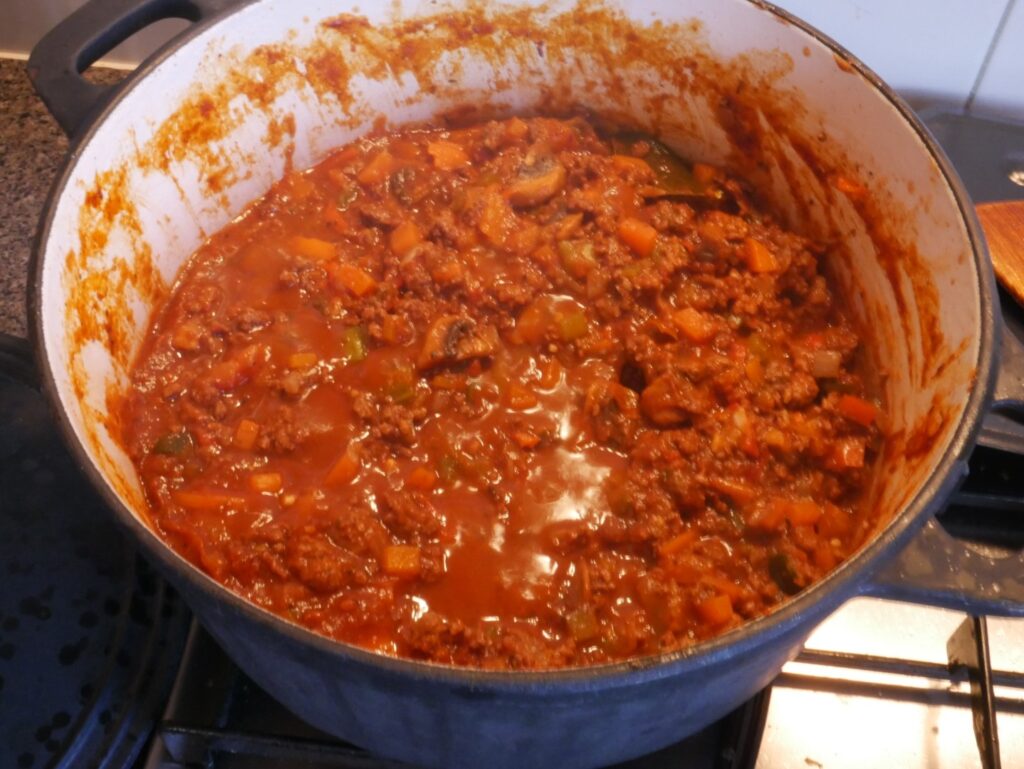This is a Mac + Cheese recipe that I learnt from the OMG BBQ course.
It is truly frightening how decadent it is; I have never seen so much cheese go into one recipe. And that’s not even considering the amount of cream to add to it.
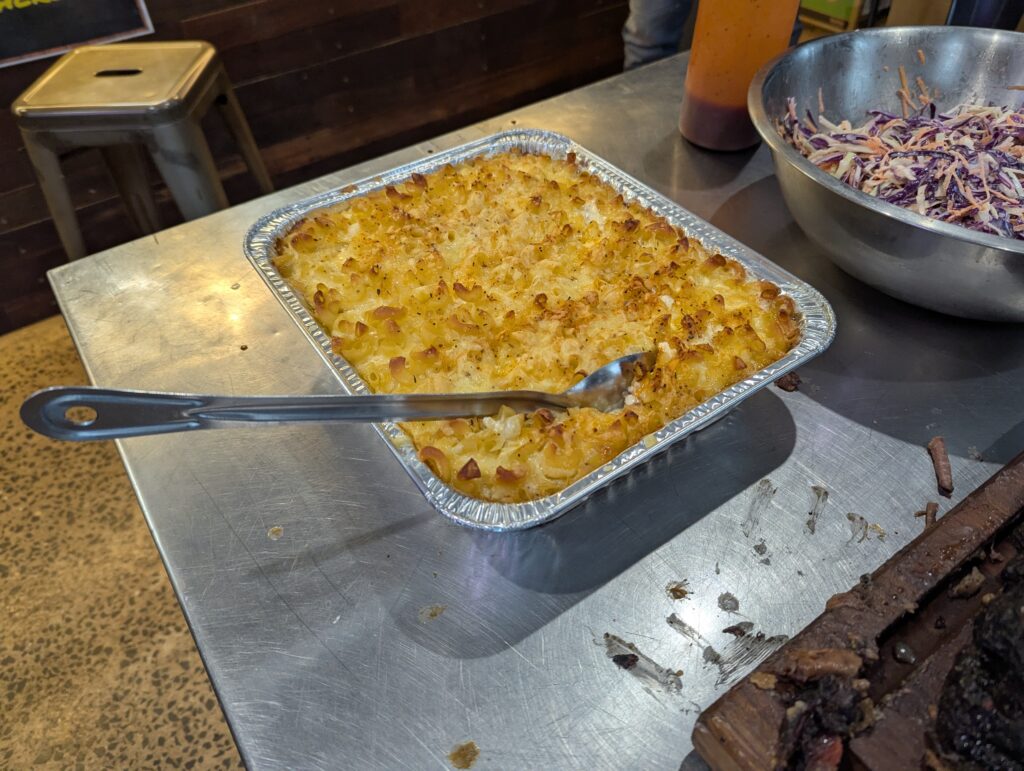
This is the recipe dictated by the owner so I haven’t tried cooking it myself; but the results were the most gooey, artery clogging, heart stopping Mac n Cheese I have ever tasted.
The Legend behind the recipe
The legend where this recipe originates from is from a “gangster” living in America; involved in all sorts of violence and drugs. One day an epiphany came to him that he was heading towards a very early grave.
So he got out of crime, went to rehab to got clean and opened up a BBQ restaurant/food van.
But he was looking for ideas to expand his business.
Using his former life’s intuition and the opportunities that some US states has leagalised cannabis; he realised there was a market for good “munchies” food at cannabis festivals that are regularly held.
The problem with some food truck’s menu choice; hot chips are a bottleneck to the process. Quite often people are waiting for chips to be cooked.
He was searching for something that he can serve with BBQ meats, very quick and easy to make, not a bottleneck in a food truck business and satisfies the festival goers particular needs.
This is when he came up with this recipe for Mac and Cheese.
The Recipe
Guesstimate serves 8 people
Ingredients
- 500g Macaroni pasta shapes
- 1kg Tasty cheese – grated
- 50gm Parmesan cheese – grated
- 2 large eggs
- 1L Thicken cream
- 2 tsp ground Black pepper
- 2 tsp Garlic Powder (Guesstimate – chef did it by feel)
- 2 tsp Onion powder (Guesstimate – chef did it by feel)
- 2 tsp Smoked Paprika (Guesstimate – chef did it by feel)
- Extra Paprika for dusting on top
Method
- Pre-heat an oven to 160°c .
- Cook the pasta to packet instructions. Drain the pasta and allow it to cool slightly.
- Reserve a cup of grated cheese.
- Meanwhile in a large bowl; add in remaining cheese, eggs, thickened cream and seasonings. Gently mix to combine.
- Once the pasta is cool enough; add into the bowl and stir to combine everything.
- Pour into a baking dish. Sprinkle over reserved cheese and dust evenly with paprika.
- Place on a tray to catch the drippings and bake for 25min until lightly brown on top.
- Rest for 5min and then serve
Notes
While I don’t think one’s cardiologist would recommend eating this every day; I do see some potential as using this recipe as a base. This would be a show stopping comfort food on a cold winter’s night; either served as a side, or as a main with some nice bread.
One thing I would change from the base recipe that we were taught is to under cook the pasta by a couple of minutes. This will prevent it from going too mushy in the final product.
Other things I was thinking:
- Don’t use pre-grated cheese – the additives in it don’t make the cheese melt as well.
- Add some creamy compatible vegetables like pumpkin, broccoli, mushrooms and/or corn to it.
- Instead of smoked paprika, use nutmeg
- Experiment with a different combination of cheeses to add a more complex flavour.




